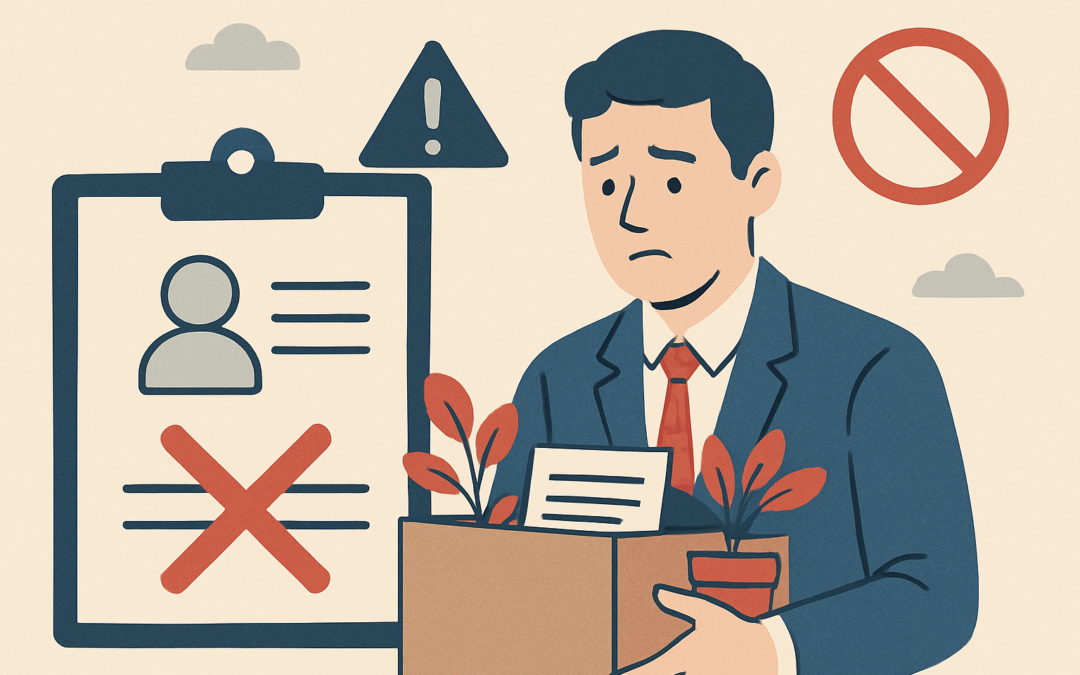
Understanding Redundancy: What Employers Need to Know
Redundancy is one of the tougher parts of managing a workforce. It affects real people, and it often arises at a time of uncertainty or change for a business. In New South Wales, the legal requirements around redundancy are strict, and employers need to approach the process carefully to avoid missteps. If you’re considering making a role redundant, it’s important to understand both the legal framework and the practical steps involved. Let’s walk through how redundancy works, what makes a redundancy genuine, and what you should be doing at each stage of the process. When Is a Role Redundant? Redundancy happens when a particular job is no longer needed. It might be because the business is restructuring, a new system has automated certain tasks, or demand has dropped off. The key point is that it’s the role, not the person, that is no longer needed and will cease to exist. This distinction matters because if the position is still required and you simply want to dismiss the employee, redundancy is not the correct pathway. What Is a ‘Genuine’ Redundancy? The main concern for employers considering making an employee redundant is whether this dismissal could be considered ‘unfair’. To ensure that… Read More
Read More


![High Court’s landmark decision in Bird v DP [2024] HCA 41](https://integroe.com.au/wp-content/uploads/2025/01/pexels-photo-6077181-1080x633.jpg)